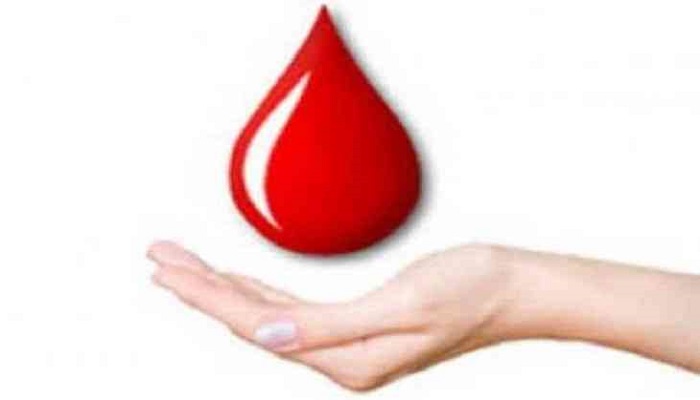
Every year, on 14 June, countries around the world celebrate World Blood Donor Day (WBDD). The event serves to raise awareness of the need for safe blood and blood products and to thank blood donors for their life-saving gifts of blood. Every pint of blood donated can save more than 3 lives.
So if one began donating blood at age 18 and donated every 90 days until they reached 60, then they would have donated 30 gallons of blood, potentially helping save more than 500 lives.
“Blood is the elixir of life”- this saying is true, especially, when a person in acute need of blood gets it in time. Researchers to find a suitable alternative to blood have not been successful. These situations make the blood a precious resource. The paradox that surrounds the blood as a resource is “it being readily available and abundant, it is scarce”.
This very well suits with the Indian scenario. Though India is the second largest human resource in the world, we are annually in a deficit of two million blood units, according to WHO. In India, only one percent of the population donates blood.
The major hurdle in blood donor motivation is breaking the myths that surround the blood donation. Breaking the myth helps the donor to keep his first step towards the ‘holy’ process of donating blood. There are innumerable myths regarding the donation of blood.
Myth 1: Blood donation is unsafe. Truth: it is a completely safe procedure done under the supervision of trained staff. The fainting after donation occurs rarely, in about 2 % of first-time donors. It can be easily prevented by simple precautions such as drinking a glass of water before donation, not standing up immediately after donation and taking more fluids throughout the day following donation. Secondly, the bags with needles used for the collection are new (one-time use), hence there is no risk of contracting an infection.
Myth 2: Blood donation decreases the sexual drive and there is a loss of energy. Truth: the blood donation is not associated with the decrease in sexual drive. With the precautions stated above, there will be no feeling of being drained out of energy.
Myth 3: Big needle hurts more. Truth: the pain of the prick of 16-18 G needle (big) is almost same as that of 22 G (small) needle.
Myth 4: People with Diabetes, previous TB infection, allergic diseases and high cholesterol levels can’t donate blood. Truth: Diabetics not on insulin can donate blood. Similarly, patients with cured tuberculosis infection can donate blood after 5 years of cure. An allergic diseased individual not on steroids can donate blood. An individual with high cholesterol with no heart illness can donate blood.
Myth 5: Women should not donate blood. Truth: if the haemoglobin levels are above 12.5 g % she can donate provided she is not in menses, pregnant or feeding.
Myth 6: Health deteriorates with the number of donations. Truth: According to some studies donations improves the health by reducing the viscosity of blood, rejuvenating the blood cells and thus helping the heart of the individual. These claims, however, need to be proved by further researches. At present, it can be said that by donating blood at safe intervals (3 months) there is no harm to the health.
Blood donation is a safe, well-monitored process which does no harm to the donor. Above all, it is the best gift that any individual can give. Each donation of blood saves three-four lives.
India is making a great progress in health care sector doing high-end blood intensive transplant procedures and curing hitherto incurable diseases. Blood is also needed most when the disaster strikes. Let’s FORGET THE MYTHS and make a pledge on this world voluntary blood day (June 14, 2017) that “We will- Give blood. Give now, give often.”

Post Your Comments